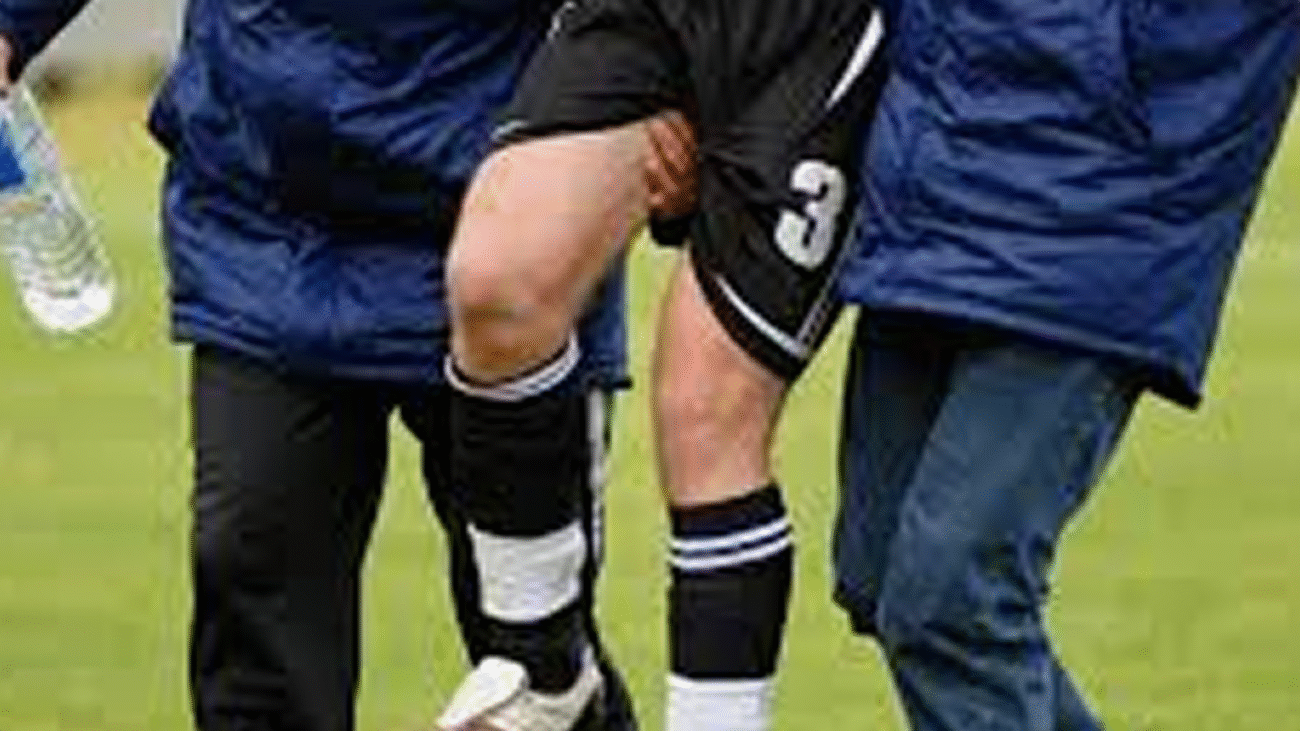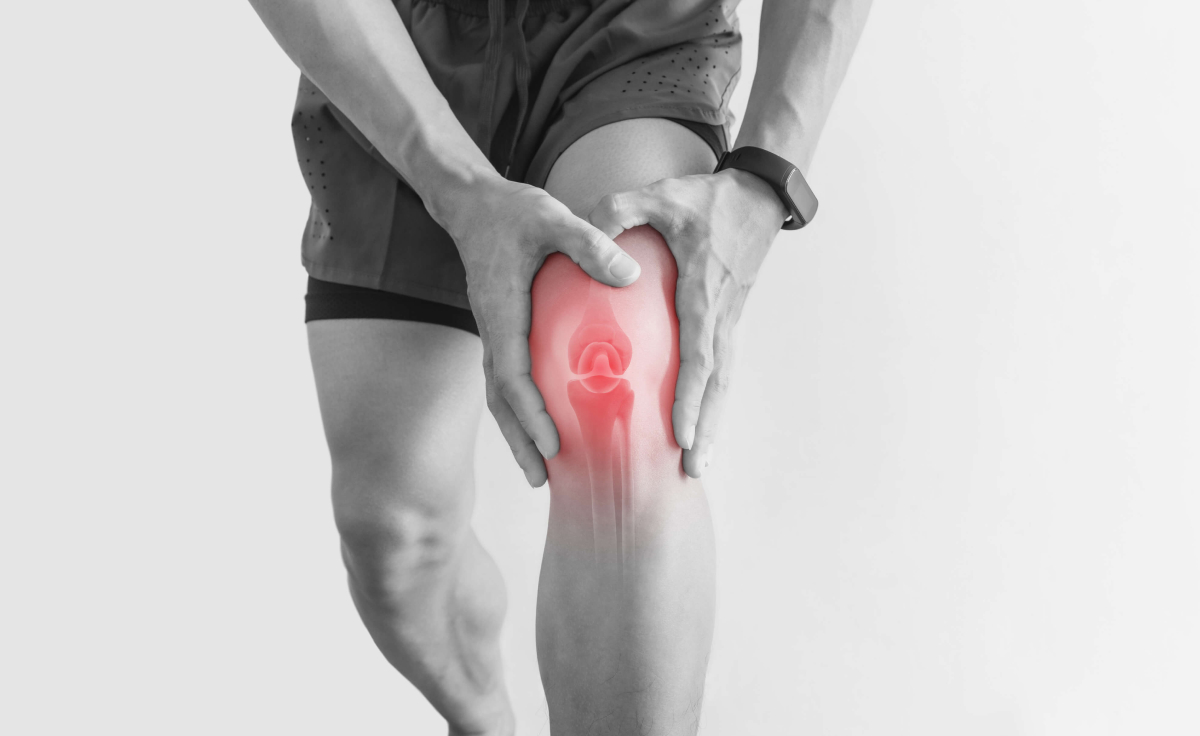ACL Tears and Meniscus Injuries: What Every Athlete Should Know
ACL Tears and Meniscus Injuries: What Every Athlete Should Know

Here’s what I share with my athletic and active patients:
Anterior Cruciate Ligament (ACL) Tear
This is a major stabilizer of the knee. ACL tears are most common in pivoting sports — football, basketball, skiing.
Symptoms:
- A popping sound or sensation at injury
- Swelling within hours
- Instability — “giving way” feeling when walking
Treatment:
In younger, active individuals, arthroscopic ACL reconstruction is often recommended. For older or less active patients, non-operative rehab may suffice.
Meniscus Tear
These are cartilage cushions between the thigh bone and shinbone. Tears can occur due to twisting motions or age-related degeneration.
Symptoms:
- Sharp pain, especially when twisting
- Locking or catching of the knee
- Locking or catching of the knee
Treatment:
Not all meniscus tears require surgery. Small tears may heal with rest and therapy. Complex or displaced tears may need arthroscopic repair or trimming.
Recovery Matters:
Whether surgical or conservative, recovery and physiotherapy determine longterm outcomes. I emphasize muscle control, proprioception, and safe returnto- play protocols for all my athlete patients.










